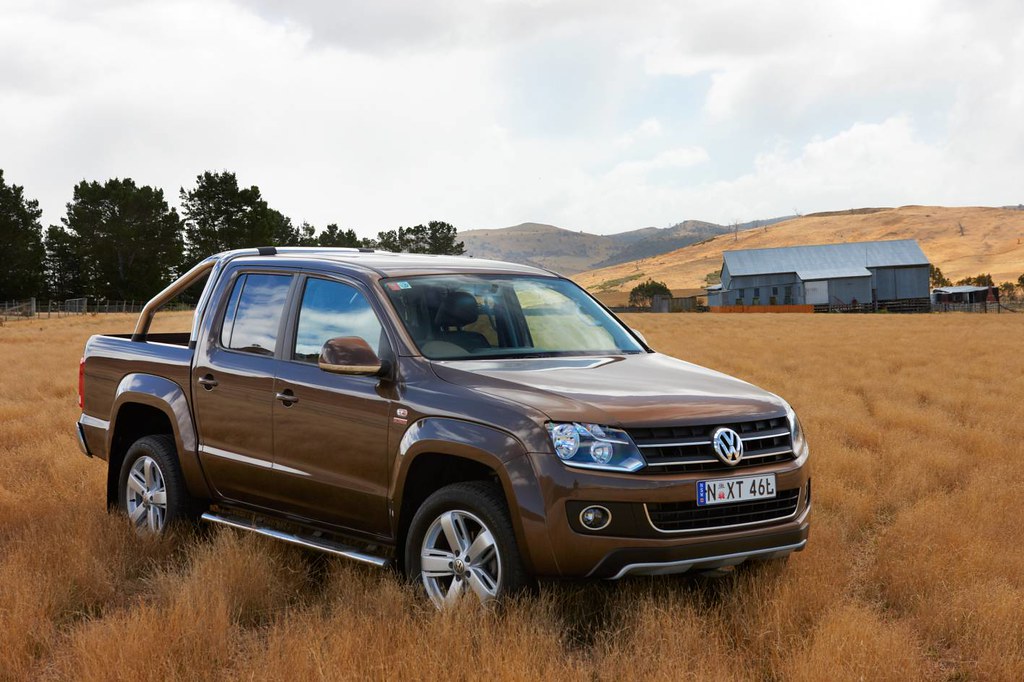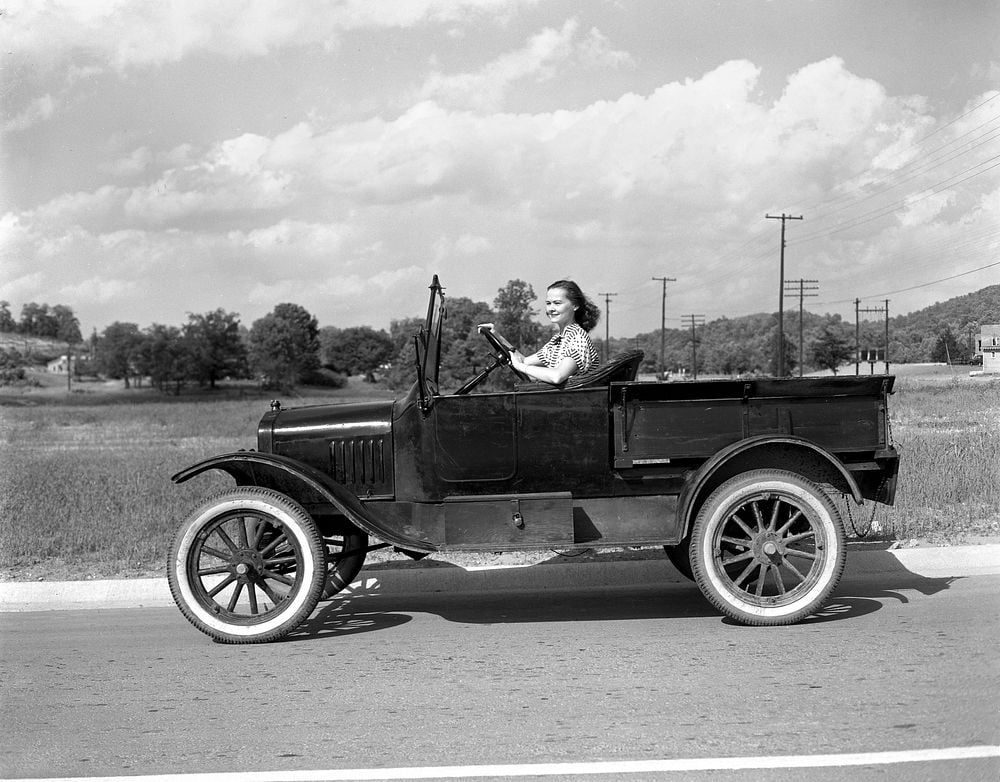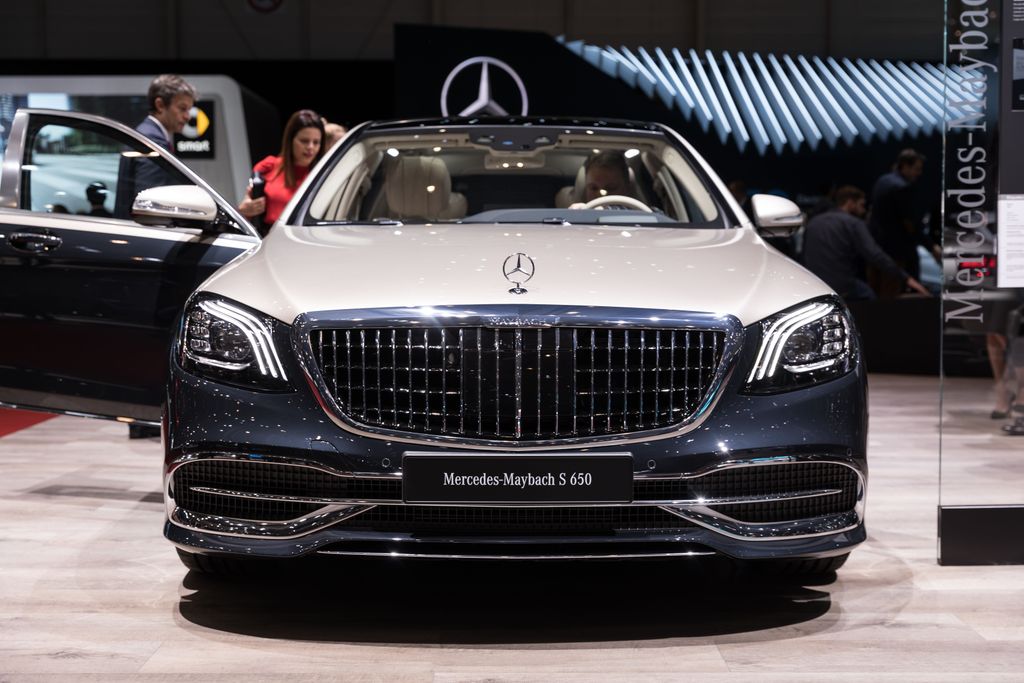
You think your daily commute is risky? Well, buckle up, buttercup, because we’re about to take a wild ride through automotive history, revisiting some absolute legends of American motoring that were, frankly, death traps on wheels. Forget your fancy crumple zones and airbags; these machines were built in a bygone era where horsepower and killer looks reigned supreme, often at the direct expense of, you know, not dying in a fender bender.
The history of American automotive design is filled with iconic vehicles that have left an indelible mark on the roads. But let’s be brutally honest here: some of these classic cars, celebrated for their groundbreaking design and speed, are now considered far too dangerous for modern roads due to safety concerns that would make today’s engineers weep. We’re talking about a lineup that ranges from muscle cars that could outrun a cop car (briefly) to luxury sedans that prioritized chrome over crash protection, often with disastrous results.
From exploding fuel tanks to deadly dashboards, these automotive disasters prove style doesn’t always trump survival instincts. These vehicles are relics of a bygone era when safety standards were less stringent, a time when ‘good enough’ often meant ‘barely functional.’ This isn’t just a list; it’s a deep dive into what made them iconic and, more importantly, why you’d be absolutely bonkers to daily drive one today. Let’s peel back the layers of nostalgia and expose the harsh truths about these beloved, yet utterly hazardous, American classics.
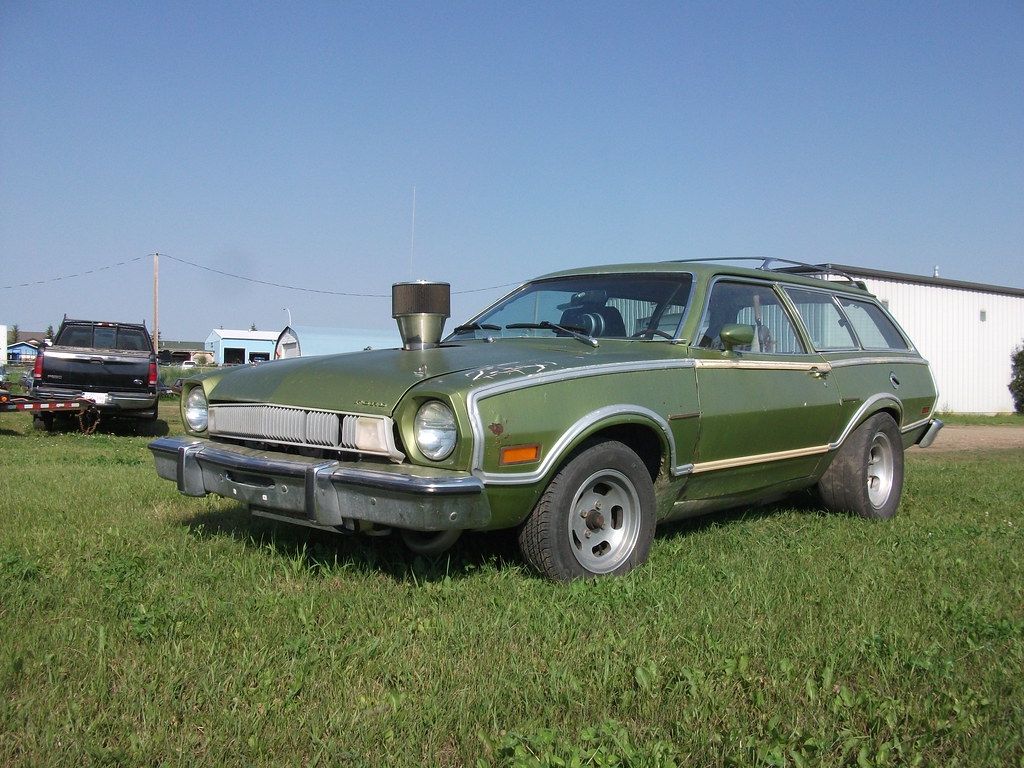
1. **Ford Pinto**
The Ford Pinto, produced during the 1970s, seemed like a dream come true for economy-minded drivers during a fuel crisis. This compact car quickly found popularity thanks to its affordability and the kind of styling that screamed ’70s cool. It was pitched as an economical choice, a smart buy for the times, and initially, it delivered on that promise, appearing innocent enough from the outside.
However, the Pinto became notorious for a design flaw that turned its affordability into a ticking time bomb. Its fuel tank was placed dangerously close to the rear bumper, making it highly susceptible to explosions upon rear impact. NHTSA reports confirmed these fire risks in rear-end collisions, leading to numerous lawsuits and a reputation so tarnished it became a cautionary tale for automotive ethics. Motor Trend’s 1971 review praised its “nimble handling” but, tragically, couldn’t predict the coming inferno that would define its legacy.
The ensuing scandals painted the Pinto as a symbol of corporate neglect, particularly after Ford’s cost-benefit analysis, which chillingly seemed to calculate human lives against financial savings. This became a stark illustration of ethical missteps in the burgeoning automotive industry, profoundly influencing future product development and liability discussions. The Pinto’s tale is a harsh reminder of the era’s growing pains towards responsible automotive manufacturing, where cost-cutting had deadly consequences.
Today, the Ford Pinto serves as a stark reminder of the critical balance between cost-efficiency and safety. Its vulnerability in collisions highlights just how far modern safety standards have pushed the industry, moving lightyears beyond where the Pinto sat, both literally and figuratively. Current subcompacts routinely earn 5-star safety ratings, a testament to lessons learned the hard way, ensuring fuel systems include multiple safety cutoffs and reinforced tanks, a far cry from the Pinto’s problematic setup.
Car Model Information: 1978 Ford Pinto RUNABOUT HATCHBACK
Name: Ford Pinto
Caption: Ford Pinto
Manufacturer: Ford Motor Company
Aka: Mercury Bobcat
Production: September 1970 – July 1980
ModelYears: 1971–1980 (Pinto),1974–1980 (Bobcat)
Assembly: Edison, New Jersey,Milpitas, California
Designer: Robert Eidschun (1968)
Class: Subcompact car
BodyStyle: Sedan (automobile),sedan delivery,station wagon,hatchback
Related: #Mercury Bobcat (1974–1980),Ford Mustang (second generation)
Layout: Front-engine, rear-wheel-drive layout
Chassis: Unibody
Engine: unbulleted list
Abbr: on
Disp: Ford Cologne engine
Transmission: unbulleted list
Wheelbase: 94.0 in
Length: 163 in
Width: 69.4 in
Height: 50 in
Weight: convert
Predecessor: Ford Cortina#Mark II (1966–1970)
Successor: Ford Escort (North America)
Categories: 1980s cars, Articles with short description, Cars discontinued in 1980, Cars introduced in 1970, Commons category link from Wikidata
Summary: The Ford Pinto is a subcompact car that was manufactured and marketed by Ford Motor Company in North America from 1970 until 1980. The Pinto was the first subcompact vehicle produced by Ford in North America.
The Pinto was marketed in three body styles throughout its production: a two-door fastback sedan with a trunk, a three-door hatchback, and a two-door station wagon. Mercury offered rebadged versions of the Pinto as the Mercury Bobcat from 1975 until 1980 (1974–1980 in Canada). Over three million Pintos were produced over its ten-year production run, outproducing the combined totals of its domestic rivals, the Chevrolet Vega and the AMC Gremlin. The Pinto and Mercury Bobcat were produced at Edison Assembly in Edison, New Jersey, St. Thomas Assembly in Southwold, Ontario, and San Jose Assembly in Milpitas, California.
Since the 1970s, the safety reputation of the Pinto has generated controversy. Its fuel-tank design attracted both media and government scrutiny after several deadly fires occurred when the tanks ruptured in rear-end collisions. A subsequent analysis of the overall safety of the Pinto suggested it was comparable to other 1970s subcompact cars. The safety issues surrounding the Pinto and the subsequent response by Ford have been cited widely as business ethics and tort reform case studies.
Get more information about: Ford Pinto
Buying a high-performing used car >>>
Brand: Ford Model: Pinto
Price: $18,995 Mileage: 88,217 mi.
Read more about: The 10 Most Dangerous New Cars for New Drivers: What NHTSA and Crash Test Results Reveal
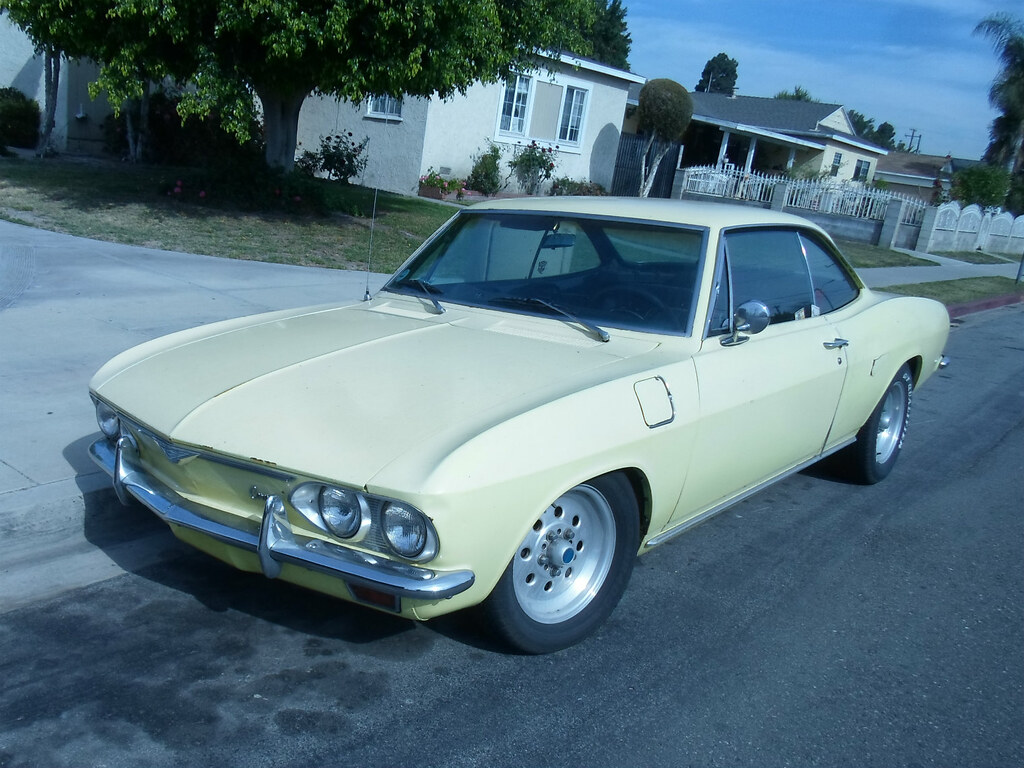
2. **Chevrolet Corvair**
The Chevrolet Corvair, produced between 1960 and 1969, was a car that dared to be different, an audacious leap in American automotive design. It featured a unique rear-engine layout, a departure from the norm that initially promised nimble handling and a distinctive “European feel,” as Road & Track reviewers once noted. With its independent suspension and unique engineering, the Corvair carved out a niche for itself, combining sleek design with affordability.
But as often happens with bold experiments, the Corvair’s unique design came with significant, and ultimately dangerous, compromises. Its rear-engine configuration contributed to severe handling issues, making it prone to oversteering, especially in sharp turns. The lack of a rear stabilizer bar exacerbated this problem, giving the car a reputation for instability at high speeds and making it notoriously unpredictable on the road.
The Corvair’s safety concerns were famously — and damningly — highlighted in Ralph Nader’s seminal book, “Unsafe at Any Speed.” This scathing criticism dissected the car’s flaws and wasn’t just a critique of one model; it catalyzed a nationwide movement toward stricter safety standards in the auto industry. Nader’s exposé brought to light the serious risks drivers faced, fundamentally altering the public’s perception of automotive safety and demanding greater accountability from manufacturers.
Modern stability control, a standard feature today, would have undoubtedly solved those handling issues that made Nader famous. The Corvair’s legacy is truly entwined with both innovation and infamy, illustrating the double-edged sword of automotive daring. Its design, while aiming for novelty, ultimately proved obsolete when faced with the rigorous safety scrutiny that its controversial reputation helped usher into existence, proving that “unique” doesn’t always mean “safe.”
Car Model Information: 1964 Chevrolet Corvair Monza
Caption: 1964 Chevrolet Corvair Monza
Name: Chevrolet Corvair
Manufacturer: Chevrolet
Production: 1960–1969
Platform: GM Z platform
Chassis: Unibody
ModelYears: 1960–1969
Assembly: United States,Kansas City, Missouri,Oakland, California,Van Nuys,St. Louis,Flint, Michigan,Belgium,Canada,Mexico,South Africa,Switzerland,Venezuela
Class: Compact car
Successor: Chevrolet Vega
Layout: Rear-engine, rear-wheel-drive layout
Categories: All Wikipedia articles written in American English, All articles lacking in-text citations, All articles needing additional references, All articles with dead external links, All articles with specifically marked weasel-worded phrases
Summary: The Chevrolet Corvair is a rear-engined, air-cooled compact car manufactured and marketed by Chevrolet over two generations between 1960 and 1969. The Corvair was a response to the increasing popularity of small, fuel-efficient automobiles, particularly the imported Volkswagen Beetle and American-built compacts like the Rambler American and Studebaker Lark.
The first generation (1960–1964) was offered as a four-door sedan, two-door coupe, convertible, and four-door station wagon. A two- and four-door hardtop and a convertible were available second-generation (1965–1969) variants. The Corvair platform was also offered as a subseries known as the Corvair 95 (1961–1965), which consisted of a passenger van, commercial van, and pickup truck variant. Total production was approximately 1.8 million vehicles from 1960 until 1969.
The name “Corvair” was first applied in 1954 to a Corvette-based concept with a hardtop fastback-styled roof, part of the Motorama traveling exhibition. When applied to the production models, the “air” part referenced the engine’s cooling system.
A prominent aspect of the Corvair’s legacy derives from controversy surrounding the handling of early models equipped with rear swing axles, articulated aggressively by Ralph Nader’s Unsafe at Any Speed but tempered by a 1972 Texas A&M University safety commission report for the National Highway Traffic Safety Administration (NHTSA) which found that the 1960–1963 Corvair possessed no greater potential for loss of control in extreme situations than contemporary compacts.
To better counter popular inexpensive subcompact competitors, notably the Beetle and Japanese imports such as the Datsun 510, GM replaced the Corvair with the more conventional Chevrolet Vega in 1970.
Get more information about: Chevrolet Corvair
Buying a high-performing used car >>>
Brand: Chevrolet Model: Corvair
Price: $29,988 Mileage: 74,787 mi.
Read more about: Under the Hood: Unmasking 7 Overrated American Cars and Celebrating 7 Overlooked Gems That Deserve Your Attention
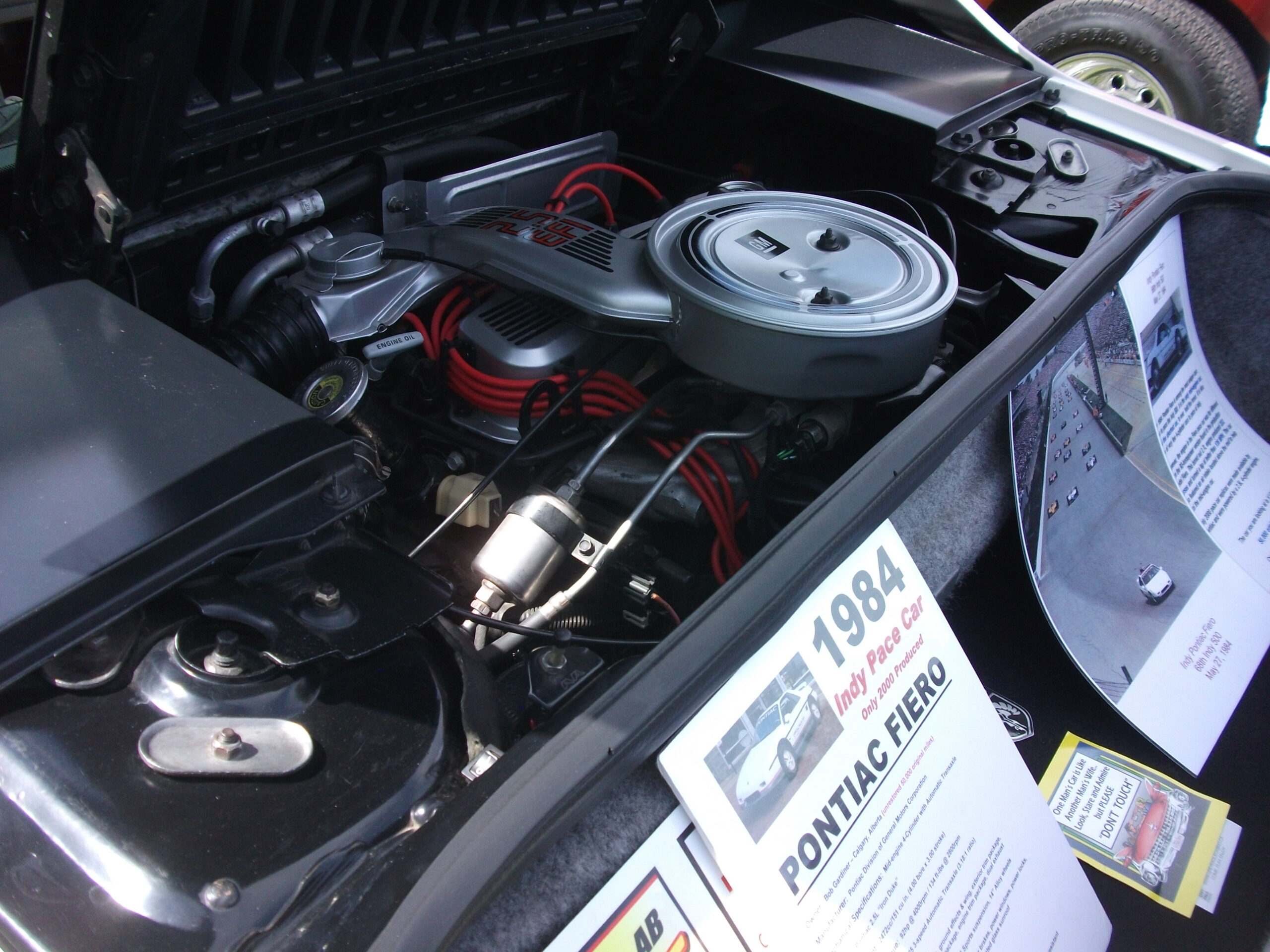
3. **Pontiac Fiero**
When the Pontiac Fiero launched in 1984, it was celebrated for its sporty look and innovative mid-engine configuration. It ignited dreams of affordable sports cars, a vision of performance blended with economy from Pontiac. This compact, two-seater offered a fresh aesthetic and a driving experience that promised excitement without breaking the bank, quickly garnering appeal as an affordable sports car for the masses.
Unfortunately, the Fiero’s allure was quickly tainted by a truly fiery flaw that became its defining, tragic characteristic. Early models suffered from rampant engine-related fires, often due to oil leaks and, critically, insufficient cooling. What started as a promising, bold attempt by Pontiac to blend sportiness with economy rapidly turned into a smoldering reputation, with the frequency of these incidents overshadowing its innovative design and putting drivers at serious risk.
These incidents led to widespread safety recalls and painted the Fiero’s history with a concerning streak of danger. The lack of robustness in the initial engineering stages marked its downfall, revealing how engineering oversight can fuel broader conversations about consumer safety. The car’s reputation quickly smoldered, illustrating how even a bold vision can falter when desirability eclipses durability, making reliability secondary to initial appeal.
While enthusiasts appreciate the Fiero today for its concept and potential, its history underscores the critical significance of thorough testing and quality control in automotive production. The frequent engine fires served as a harsh lesson that ambitious engineering requires robust execution, a reminder that cutting corners on vital components like cooling systems can lead to devastating consequences, transforming a dream car into a dangerous liability.
Car Model Information: 1985 Pontiac Fiero 2dr Coupe GT 4-Spd
Name: Pontiac Fiero
Caption: 1988 Fiero Formula
Manufacturer: Pontiac (automobile)
Production: August 1983 – August 16, 1988,370,168 produced
ModelYears: 1984 – 1988
Successor: Pontiac Solstice
Assembly: Pontiac, Michigan
Designer: Hulki Aldikacti,George Milidrag
Class: Sports car
BodyStyle: fastback,notchback
Platform: GM P platform
Layout: Rear mid-engine, rear-wheel-drive layout
Engine: {{cvt,151,CID,L,1,disp=flip,Iron Duke engine#LR8,Inline-four engine
Transmission: Turbo-Hydramatic 125,Manual transmission,Getrag 282 transmission,Isuzu
Wheelbase: 2373 mm
Abbr: on
Length: 4072 mm
Width: 1750 mm
Height: 1191 mm
Weight: 1116 to
Categories: All articles with unsourced statements, Articles with short description, Articles with unsourced statements from February 2012, Articles with unsourced statements from July 2024, Articles with unsourced statements from September 2011
Summary: The Pontiac Fiero is a rear mid-engine, light sports car manufactured and marketed by Pontiac for model years 1984 – 1988. Intended as an economical commuter car with modest performance aspirations, it was Pontiac’s first two-seater since their 1926 to 1938 coupes, and the first mass-produced, rear mid-engine car by any American manufacturer.
In addition to using 4- and 6-cylinder engines to help Pontiac meet America’s ‘CAFE’ average fuel economy requirements, the Fiero’s chassis and structure technology used non-load-bearing, composite body-panels, contributing to the car’s light-weight and its unique selling proposition. Pontiac engineers modified the design over its life to enhance its performance and reposition the two-seater closer to the implications of its sporty configuration.
The Fiero 2M4 (two-seat, mid-engine, four-cylinder) placed on Car and Driver magazine’s Ten Best list for 1984, and was the Official Pace Car of the Indianapolis 500 for 1984.
A total of 370,168 Fieros were manufactured over five years’ production, its mild performance, reliability and safety issues becoming points of criticism. The Fiero was discontinued after annual sales fell steadily.
Get more information about: Pontiac Fiero
Buying a high-performing used car >>>
Brand: Pontiac Model: Fiero
Price: $9,995 Mileage: 43,830 mi.
Read more about: Unearthing the Automotive Ghosts: 14 Forgotten Two-Seater Sports Cars That Demand Your Attention
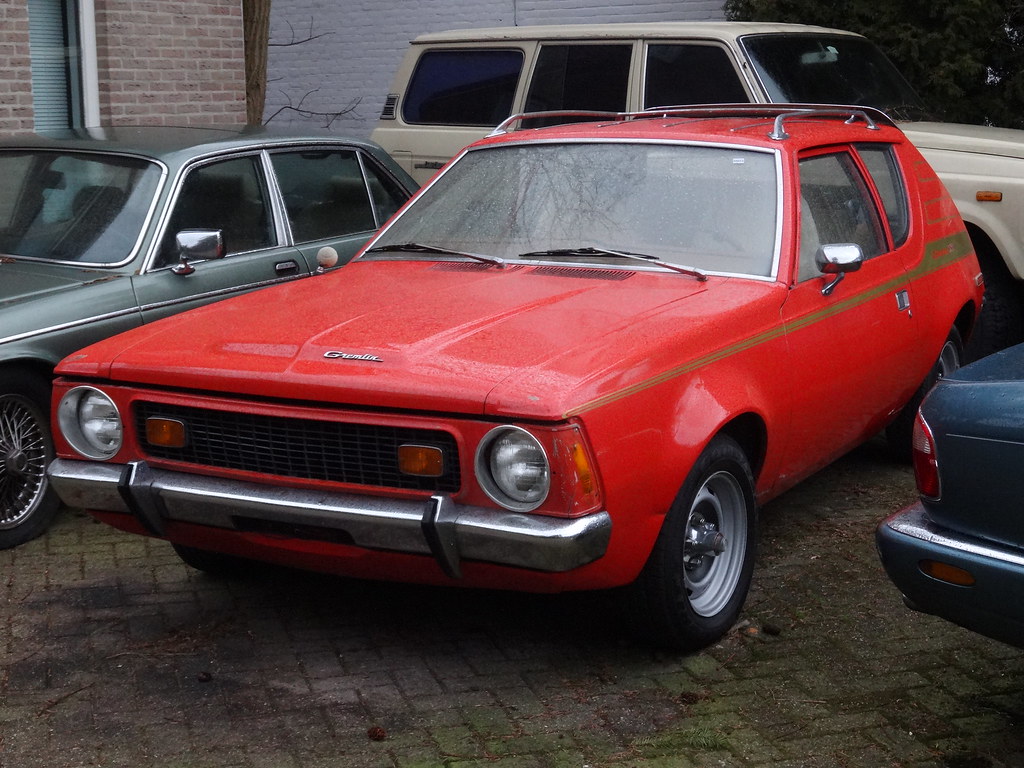
4. **AMC Gremlin**
The AMC Gremlin, introduced in 1970, was, shall we say, a car that certainly made a statement with its unconventional and undeniably quirky design. Its chopped-off rear end created a polarizing style that either charmed or utterly repelled potential buyers. It was a compact size, quickly designed in haste for a competitive edge, and became popular for its distinct, if odd, appearance. Road & Track even called it “determinedly different” in its 1970 coverage, acknowledging its unique aesthetic in a crowded market.
However, beneath that distinctive greenhouse and unique styling, the Gremlin was heavily criticized for its poor handling and, more alarmingly, a profound lack of structural integrity. Its design notoriously prioritized aesthetics over safety, resulting in a reputation for being difficult to control at high speeds, especially given its compromised build. The Gremlin’s basic appointments reflected utilitarian priorities, but its structural shortcomings were a serious concern.
The truncated body meant crumple zones were negligible, making impacts harrowing for passengers, leaving them exposed due to inadequate side-impact protection. This meant that in a collision, the vehicle’s structure offered minimal absorption of impact forces, transferring them directly to the occupants. Its shortcuts raised important questions about economic pressures versus consumer safety, revealing a design philosophy that favored quick market entry over robust protective measures.
The Gremlin’s absence of modern safety features clearly highlights the significant evolution of automotive engineering since its era. While its whimsical design might still capture the hearts of collectors today, the AMC Gremlin symbolizes a time when style often trumped safety in car design, standing as a testament to an era balancing innovation with oversight, yet too often neglecting the latter in pursuit of the former. Modern design studios now ensure aesthetic consistency throughout development, crucially integrating safety from the ground up, a stark contrast to the Gremlin’s approach.
Read more about: Lemon in the Garage: 14 Models Drivers Vow Never to Buy Again Due to Poor Build Quality

5. **Dodge Charger (1960s-70s Models)**The Dodge Charger roared through the streets of the late ’60s and early ’70s, an undeniable symbol of American muscle and raw power. Its aerodynamic shape and powerful engine promised adrenaline-pumping performance, truly excelling on the racetrack with an engine that delivered on its aggressive styling. The Charger’s design, particularly models like the Charger Daytona with its distinctive aerodynamic shape and large rear wing, was explicitly built for speed and racing success.
The Dodge Charger roared through the streets of the late ’60s and early ’70s, an undeniable symbol of American muscle and raw power. Its aerodynamic shape and powerful engine promised adrenaline-pumping performance, truly excelling on the racetrack with an engine that delivered on its aggressive styling. The Charger’s design, particularly models like the Charger Daytona with its distinctive aerodynamic shape and large rear wing, was explicitly built for speed and racing success.
But for everyday driving, this speed demon came with significant risks. Its design aggressively prioritized performance over practical safety, resulting in considerable handling difficulties and notably reduced visibility, especially for models like the Daytona with its track-oriented features. The sheer size and immense power of these Chargers made them a serious challenge to control, particularly in urban environments or during quick maneuvers, often creating a potent mix of danger at high speeds on regular roads.
Beneath its sleek, aggressive exterior lay a concerning lack of modern braking systems and crucial stability features. Drivers reveled in the pure thrill of its raw power, but they simultaneously faced significant risks as these Chargers lacked reinforced protective structures and advanced suspension systems that we now take for granted in contemporary vehicles. The emphasis on horsepower over safety resulted in a vehicle that was thrilling yet profoundly hazardous to drive, especially at high speeds, posing significant risks due to the absence of modern brakes and stabilizers.
This herald of horsepower made thrill-seeking a perilous venture, highlighting the stark divide between track-oriented machines and practical, safe road vehicles. Although revered by racing fans and muscle car enthusiasts, the Charger from this era underscores the critical balance required between sheer performance and fundamental occupant safety, a balance that was often skewed heavily towards speed in those wild, unregulated days of American muscle.
Car Model Information: 2022 Dodge Charger SRT Hellcat Redeye Widebody Jailbre
Name: Dodge Charger
Caption: 1969 Dodge Charger
Manufacturer: Dodge
Production: 1966–1978,1981–1987,2005–present
ModelYears: 1966–1978,1982–1987,2006–present
Categories: 1960s cars, 1970s cars, 1980s cars, 2000s cars, 2010s cars
Summary: The Dodge Charger is a model of automobile marketed by Dodge in various forms over eight generations since 1966.
The first Charger was a show car in 1964. A 1965 Charger II concept car resembled the 1966 production version.
In the United States, the Charger nameplate has been used on mid-size cars, personal luxury coupes, subcompact hatchbacks, and full-size sedans.
Get more information about: Dodge Charger
Buying a high-performing used car >>>
Brand: Dodge Model: Charger
Price: $88,138 Mileage: 7,100 mi.

6. **Chevrolet Camaro Z28 (1970s)**
The 1970s Chevrolet Camaro Z28 wasn’t just a car; it was a roaring declaration of American muscle, a definitive statement for an entire generation. With its powerful engine and undeniably bold design, it effortlessly carved its place in the automotive pantheon. This was the kind of machine that made you feel like a movie star, or at least someone who could outrun the law on a Tuesday afternoon, which, let’s be honest, was half the appeal.
Yet, for all its thrilling aesthetics and raw horsepower, the Z28 shared a rather inconvenient truth with many of its contemporaries: it was a monument to performance, often at the direct, undeniable expense of driver safety. Forget sophisticated crumple zones or a plethora of airbags; this beast was from an era where the primary ‘safety feature’ seemed to be the driver’s own daring, or perhaps, sheer luck. It was the epitome of ‘go fast or go home,’ and the consequences of ‘go fast’ were often quite dramatic.
Specifically, the Z28’s absence of modern brakes and advanced stability systems posed significant risks, especially when pushed to its limits – which, let’s face it, was its entire purpose. You had all that glorious power under the hood, but the stopping power and handling refinement were, shall we say, ‘aspirational’ by today’s standards. Trying to rein in a Z28 at high speeds on anything less than a perfectly smooth, straight drag strip was less a driving experience and more a wrestling match with a very powerful, slightly unhinged bull.
While the Z28 remains an undisputed icon of American car culture, a glorious chapter in our automotive history, it also stands as a stark, smoking reminder of the precarious balance—or rather, imbalance—that once existed between thrilling performance and fundamental safety. It’s a car to admire, to celebrate, and absolutely *not* to take out for a spirited Sunday drive on modern congested roads without a deep understanding of its inherently treacherous personality.
Car Model Information: 2019 Mazda CX-5 Grand Touring Reserve
Name: Chevrolet Camaro
Manufacturer: Chevrolet
Production: 1966–2002,2009–2023
ModelYears: 1967–2002,2010–2024
Class: Pony car
BodyStyle: coupe,convertible
Platform: GM F platform,GM Zeta platform,GM Alpha platform
Layout: Front-engine, rear-wheel-drive layout
Categories: 1970s cars, 1980s cars, 1990s cars, 2+2 coupés, 2000s cars
Summary: The Chevrolet Camaro is a mid-size American automobile manufactured by Chevrolet, classified as a pony car. It first went on sale on September 29, 1966, for the 1967 model year and was designed to compete with the Ford Mustang. The Camaro shared its platform and major components with the Firebird, produced by General Motors’ Pontiac division that was also introduced for the 1967 model year.
Four distinct generations of the Camaro were developed before production ended in 2002. The nameplate was revived on a concept car that evolved into the fifth-generation Camaro; production started on March 16, 2009.
Production of the sixth generation of the Camaro ended in December 2023, for the 2024 model year.
Get more information about: Chevrolet Camaro
Buying a high-performing used car >>>
Brand: Chevrolet Model: Camaro Z28
Price: $20,961 Mileage: 52,000 mi.
Read more about: All Looks, No Power: A Critical Review of Muscle Cars That Failed to Deliver on Their Roaring Promise

7. **Plymouth Barracuda (early 1970s)**
Ah, the Plymouth Barracuda from the early 1970s. Just the name conjures images of unbridled power, aggressive styling, and a certain ‘don’t mess with me’ attitude that few cars could match. This was Detroit flexing its muscle, a true automotive predator cherished by enthusiasts for its sheer, visceral performance and unapologetic presence. It screamed rebellion, speed, and enough horsepower to make your teeth ache – in the best possible way, of course.
However, like a magnificent, dangerous beast, the Barracuda possessed a glaring Achilles’ heel: its profound disregard for occupant protection. It was built for speed, pure and simple, and if you happened to be in the way of that speed, well, good luck. The philosophy seemed to be: why bother with pesky safety features when you can just build more engine? This wasn’t just an oversight; it was a fundamental design choice, prioritizing acceleration over the inconvenient reality of physics and human fragility.
Crucially, the Barracuda was tragically missing foundational safety elements that we now consider non-negotiable. We’re talking about a stark absence of modern restraint systems—lap belts, if you were lucky, but nothing resembling today’s three-point harnesses—and virtually no crumple zones to absorb impact forces. In a serious collision, the car essentially transferred all that kinetic energy directly to its occupants, turning a high-speed joyride into a life-threatening dice roll. It was a beautiful, powerful cage, but not much of a protector.
Today, the Barracuda rightly holds its place as a revered collector’s item, a dazzling artifact from an era when regulations were loose and dreams were big. But its legacy serves as a potent reminder of just how far automotive safety technology has advanced. Those beautiful lines and powerful engines tell a story, yes, but they also whisper a warning: sometimes, what makes a car truly legendary in spirit also makes it fundamentally unsafe for the real world.
Car Model Information: 1971 Plymouth Barracuda
Caption: 1970 Hardtop Coupe
Name: Plymouth Barracuda
Manufacturer: Plymouth (automobile)
Production: 1964–1974
Assembly: Fenton, Missouri,Hamtramck, Michigan,Maywood, California,Windsor, Ontario
Layout: Front-engine, rear-wheel drive layout
Class: Pony car
Categories: 1970s cars, All articles with dead external links, All articles with unsourced statements, Articles with dead external links from February 2018, Articles with dead external links from January 2022
Summary: The Plymouth Barracuda is a two-door pony car that was manufactured by Chrysler Corporation from 1964 through 1974 model years.
The first-generation Barracuda was based on the Chrysler A-body and was offered from 1964 until 1966. A two-door hardtop (no B-pillar) fastback design, it shared a great majority of parts and bodywork with the Plymouth Valiant, except for the distinctive wraparound rear glass.
The second-generation Barracuda, though still Valiant-based, was heavily redesigned. Built from 1967 through 1969, it was available as a two-door in fastback, notchback, and convertible versions.
The third generation, offered from 1970 until 1974, was based on the Chrysler E-body, exclusive to it, and the slightly larger Dodge Challenger. A completely new design, the two-door Barracuda was available in hardtop and convertible body styles.
Get more information about: Plymouth Barracuda
Buying a high-performing used car >>>
Brand: Plymouth Model: Barracuda
Price: $44,999 Mileage: 12,468 mi.
Read more about: Timeless Legends: 15 Classic Cars from the 60s and 70s That Deserve a Modern MotorTrend Revival.

8. **Ford Mustang Mach 1 (1969)**
The 1969 Ford Mustang Mach 1. What a machine. This wasn’t just another car; it was a thundering symbol of American automotive prowess, an instant icon that embodied the raw, untamed spirit of the open road. With its aggressive scoops, powerful engine options, and that unmistakable fastback profile, it didn’t just attract enthusiasts; it created them. You couldn’t look at a Mach 1 without feeling a primal urge to drop the hammer and disappear into a cloud of tire smoke.
But peel back that glorious paint, and you’d find a stark reality: the Mach 1, for all its charisma, was still a product of its time—a time when ‘modern safety features’ were more concept than concrete reality. It suffered from the same widespread deficiencies that plagued many high-performance vehicles of that era. It wasn’t that Ford deliberately ignored safety; it’s simply that the industry hadn’t yet been forced to grapple with the potentially fatal consequences of unrestrained power.
The uncompromising emphasis on speed and pure, unadulterated performance overshadowed almost any consideration for occupant protection. If you wanted to go fast, the Mach 1 delivered in spades, but if things went sideways, you were largely on your own. It lacked robust structural reinforcements, sophisticated energy-absorbing materials, and frankly, anything beyond the most rudimentary seatbelts, if those were even consistently present and effective. The feeling of freedom came with a side of significant, inherent risk.
So, while the Mach 1 remains a cherished classic, a dream car for legions of aficionados, it also starkly illustrates a monumental shift in automotive priorities. It’s a testament to how far we’ve come, moving from an era where styling and sheer velocity reigned supreme to one where safety and driver protection are non-negotiable foundations. Admire it, collect it, but think twice before attempting to relive its glory days on today’s unforgiving highways.
Car Model Information: 2019 Mazda CX-5 Grand Touring Reserve
Name: Ford Mustang Mach 1
Manufacturer: Ford Motor Company
Assembly: Dearborn, Michigan
Production: 1969–1978,2003–2004,2021–2023
Class: Muscle car
BodyStyle: coupe
Layout: FR layout
Categories: 1970s cars, 2000s cars, 2020s cars, All Wikipedia articles written in American English, All articles needing additional references
Summary: The Ford Mustang Mach 1 is a combination performance and appearance package offered as an option for the Ford Mustang.
It first appeared in August 1968 for the 1969 model year, and ran through 1978. After a long hiatus it briefly returned in 2003-2004, and most recently between 2021 and 2023.
The first generation of the package, available with various engines, debuted at its hottest, then was progressively eroded in performance as emissions controls, unleaded gas, fleet mileage quotas, and higher gasoline prices undercut the “horsepower wars” that had originally spurred the option. Similarly, early packages included other performance upgrades, such as suspension, that were deleted in subsequent model runs, leaving only a wide array of external and interior upgrades.
As part of a Ford heritage program, the Mach 1 package returned in 2003 as a high-performance version of the New Edge platform. Visual elements paying homage to the 1969 model were integrated into the design. This generation of the Mach 1 was discontinued after the 2004 model year, with the introduction of the fifth generation Mustang.
The Mach 1 returned again in 2021 in the sixth generation Mustang, offering marginally more power than the high-performance 5.0 L Coyote V-8 in the base GT V8, but borrowing front and rear subframes from the Shelby GT350 and various parts from it and the Shelby GT 500 models. It was produced until the debut of the seventh generation Mustang following the 2023 model year.
Get more information about: Ford Mustang Mach 1
Buying a high-performing used car >>>
Brand: Ford Model: Mustang Mach 1
Price: $20,961 Mileage: 52,000 mi.
Read more about: Rock Legend Jeff Beck: A Look Inside His Epic Collection of American Muscle and Hot Rods
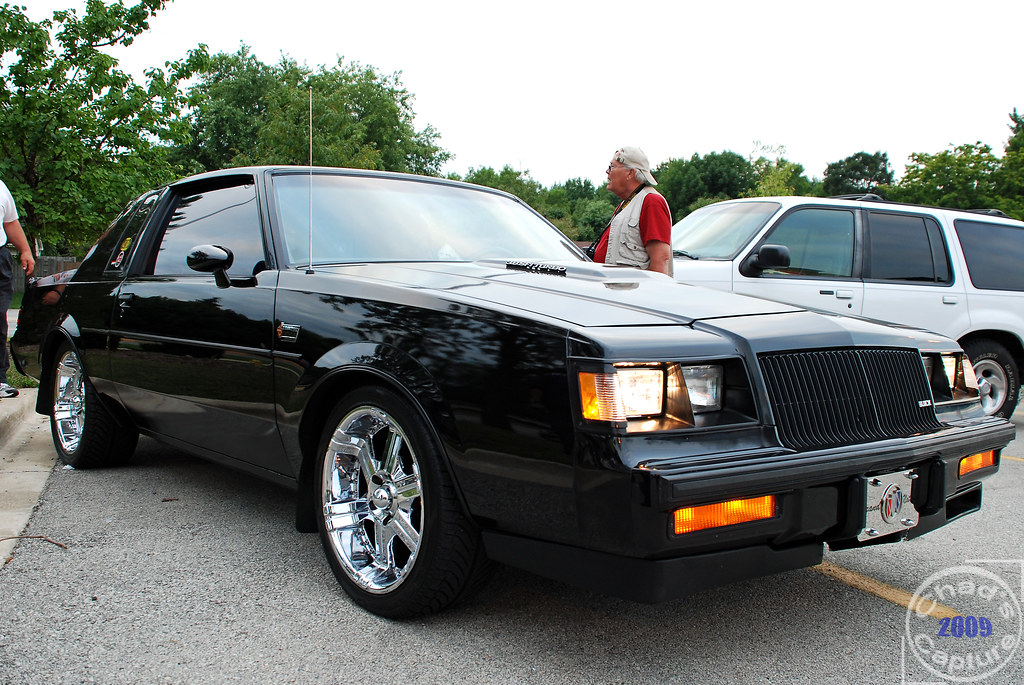
9. **Buick Grand National**
When the Buick Grand National rolled onto the scene in the 1980s, it wasn’t just a car; it was a revelation. A sleek, black turbocharged monster that defied Buick’s traditional ‘comfort cruiser’ image, it was an unexpected performance icon that shocked the automotive world. This was a sleeper that could humble far more expensive sports cars, a menacing, shadowy figure on the streets that earned respect through sheer, brutal acceleration. Its looks alone could kill, but unfortunately, its engineering was sometimes a little too literal about that.
Because, for all its impressive speed and undeniable cool factor, the Grand National harbored a less glamorous secret: its raw velocity often dramatically outmatched its underlying structural safety. It was built for straight-line sprints, a quarter-mile king, but the emphasis on outright power meant that other, less glamorous but equally vital, engineering considerations were simply not prioritized to modern standards. The thrill of the turbo boost was undeniably addictive, but it came with a significant caveat.
Unsurprisingly, for a car of its vintage, the Grand National conspicuously lacked a whole host of modern safety technologies. We’re talking about a complete absence of airbags, for instance, turning the steering wheel into a potentially lethal object in a frontal collision. Furthermore, advanced braking systems that are standard today were nowhere to be found, meaning reigning in that turbocharged beast required a much more delicate and skilled touch than most drivers possessed. Performance was paramount, protection was, well, secondary at best.
Today, the Grand National is rightfully celebrated as a cult classic, a standout from the Malaise Era that proved American performance wasn’t dead. However, its story also serves as a crucial reference point for just how dramatically vehicle safety has evolved over the past few decades. It starkly emphasizes the ongoing, vital need for balance between exhilarating speed and the fundamental security of those behind the wheel. It’s a fantastic piece of history, but you wouldn’t want to rely on its crash protection in a modern incident.
Car Model Information: 2019 Mazda CX-5 Grand Touring Reserve
Name: Buick Regal
Caption: 2020 Regal Sportback
Manufacturer: General Motors
ModelYears: Unbulleted list
Sp: us
Predecessor: Buick Skylark#Second generation (1968–1972),Buick Century
Successor: Buick LaCrosse
Categories: 1980s cars, 1990s cars, 2000s cars, 2010s cars, 2020s cars
Summary: The Buick Regal is a line of mid-size cars marketed by Buick since 1973. Serving as the premium mid-size/intermediate car of the Buick product range for nearly its entire production, the Regal initially served as the divisional counterpart of the Pontiac Grand Prix and Oldsmobile Cutlass Supreme; since the late 2000s, the model line has been derived from the Opel Insignia. The Regal also serves as the basis of the high-performance Grand National, Gran Sport (GS), and Buick GNX coupes.
Through its production, the Regal has been marketed under a wide variety of body styles, including two-door coupes and four-door sedans (currently in production), along with a 5-door liftback sedan and a 5-door station wagon; the latter (the 2018-2020 Regal TourX) was the first Buick station wagon marketed since the retirement of both the Century and Roadmaster Estates after 1996. The turbocharged LD5 3.8L V6 used in the second generation was used to showcase the motorsports presence of the brand; though offered with other vehicles (including Chevrolets and Pontiacs), the turbocharged engine is most commonly associated with the Regal. During the 1990s, the V6 regained forced induction, with a supercharger replacing the turbocharger.
In 1999, General Motors commenced sales of its vehicles in China, with the Buick Regal serving as its introductory model of the joint venture SAIC-GM. After 2004, Buick retired the model line in North America, as it replaced both the Regal and the Century with the Buick LaCrosse. Following the introduction of the second-generation Regal for China for 2008, the model line returned to North America for the 2011 model year, slotted slightly below the LaCrosse. Following the introduction of the sixth-generation Regal (sourced entirely from Opel) for 2018, GM sold Opel to PSA (now Stellantis), ending sales in North America after the 2020 model year. Currently, the Insignia B-derived Regal remains in production by SAIC-GM.
Get more information about: Buick Regal
Buying a high-performing used car >>>
Brand: Buick Model: Grand National
Price: $20,961 Mileage: 52,000 mi.
Read more about: Revving Up History: Unearthing the Forgotten Engines That Forged American Muscle Legends
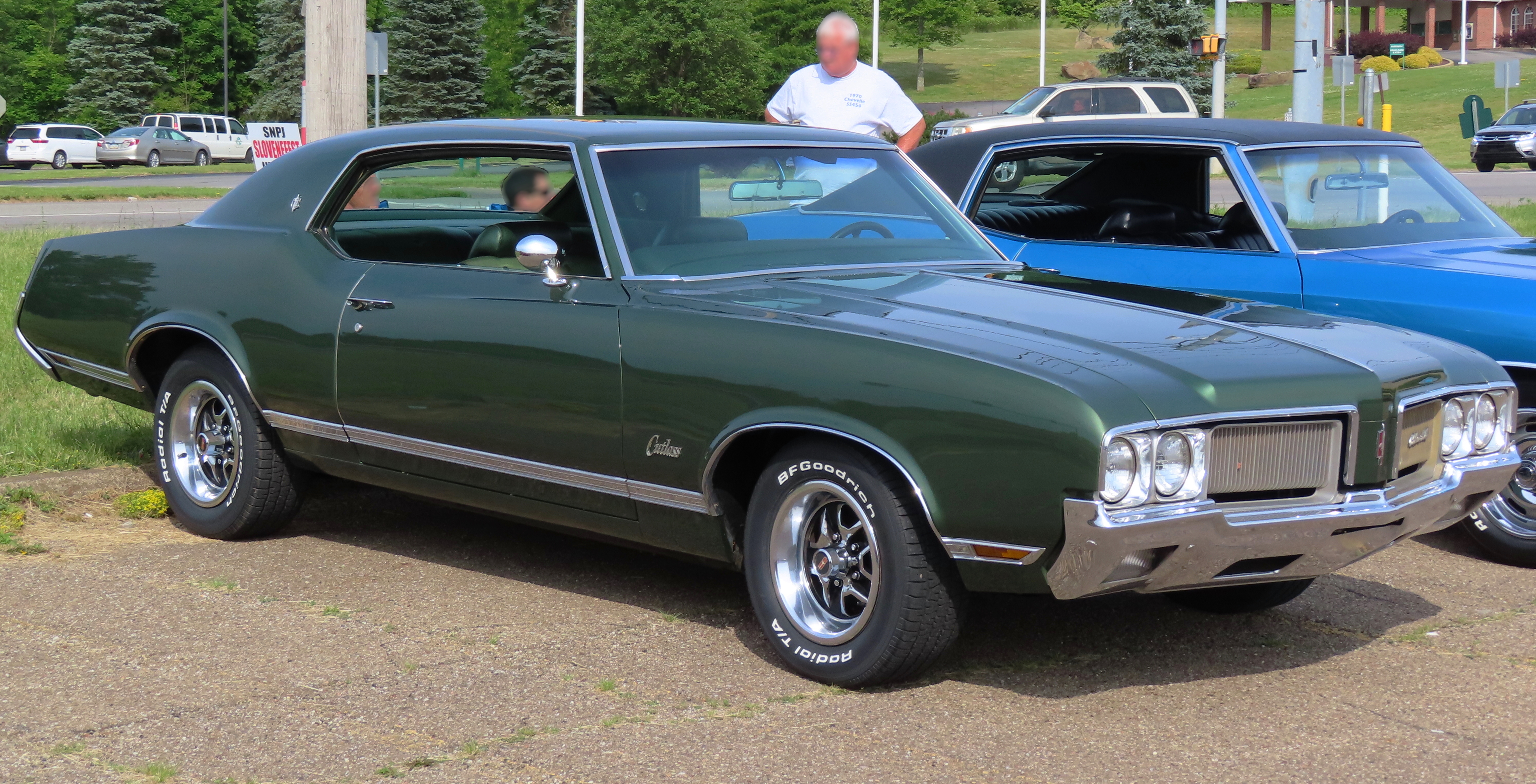
10. **Oldsmobile Cutlass Supreme (1970s)**
The Oldsmobile Cutlass Supreme of the 1970s was nothing short of a phenomenon. It was the quintessential American family car, a perfect blend of comfortable luxury and respectable power that became a staple on driveways across the nation. Elegant, aspirational, and with enough chrome to blind a small village, it spoke to a generation that valued cruising in style. It was appealing, certainly, but its inherent appeal was deeply rooted in an era with a rather laissez-faire attitude towards safety regulations.
Because beneath all that plush upholstery and imposing sheet metal, the Cutlass Supreme’s design philosophy placed a heavy premium on comfort and aesthetic appeal, often at the direct expense of essential safety features. It wasn’t built to crumple gracefully or protect occupants with a matrix of airbags; it was built to look good, feel good, and convey a sense of understated status. The industry hadn’t quite connected the dots between ‘luxury’ and ‘lifesaving’ in the same way we do today.
Adding to its list of inherent risks was its hefty build combined with what can only be described as truly outdated braking systems. This wasn’t some nimble sports car; it was a sizable chunk of American iron. Maneuvering it, especially in an emergency or in congested urban environments, presented significant challenges. Stopping distances were ample, and evasive action often felt more like steering a small yacht than a passenger car. It was built to glide, not to swerve.
So, while the Cutlass Supreme is still admired today for its undeniable elegance and as a nostalgic touchstone of 70s Americana, it stands as a clear, unvarnished testament to the automotive industry’s extensive and often arduous journey towards enhanced safety measures. It’s a compelling reminder that truly groundbreaking design now harmonizes comfort and style with the absolute imperative of occupant protection—a balance the Cutlass Supreme, in all its majestic glory, simply never achieved.
***
Car Model Information: 2019 Mazda CX-5 Grand Touring Reserve
Name: Oldsmobile Cutlass Supreme
Manufacturer: Oldsmobile
Production: 1965–1997
Layout: FR layout
Successor: Oldsmobile Intrigue
Class: Personal luxury car
Caption: 1970 Oldsmobile Cutlass Supreme
Categories: 1960s cars, 1970s cars, 1980s cars, 1990s cars, All Wikipedia articles written in American English
Summary: The Oldsmobile Cutlass Supreme is a mid-size car produced by Oldsmobile between 1966 and 1997. It was positioned as a premium offering at the top of the Cutlass range. It began as a trim package, developed its own roofline, and rose during the mid-1970s to become not only the most popular Oldsmobile but the highest selling model in its class.
It was produced as a rear-wheel drive two-door hardtop, sedan, and station wagon into the 1980s, and a convertible through 1972. In 1988 Oldsmobile sought to capitalize on the brand equity of the Cutlass Supreme marque by replacing it with a downsized front-wheel drive model based on the General Motors W platform.
When production ended there was no direct replacement for the Cutlass Supreme, although the Intrigue introduced for 1998 was designed in size and price to replace all the Cutlass models.
Get more information about: Oldsmobile Cutlass Supreme
Buying a high-performing used car >>>
Brand: Oldsmobile Model: Cutlass Supreme
Price: $20,961 Mileage: 52,000 mi.
Read more about: All Looks, No Power: A Critical Review of Muscle Cars That Failed to Deliver on Their Roaring Promise
So there you have it, folks: a tour through ten iconic American cars that, while celebrated and beloved for their groundbreaking designs and thrilling performance, simply wouldn’t cut it on today’s roads. These aren’t just old machines; they’re rolling lessons in automotive evolution. From exploding fuel tanks to rudimentary brakes and dashboards that would make a modern safety engineer weep, each one tells a story of an era where horsepower often trumped human life. Today’s vehicles, with their airbags, crumple zones, and stability control systems, stand on the shoulders of these flawed giants, embodying decades of hard-won knowledge and regulatory mandates. It’s a reminder that while nostalgia is powerful, progress, especially when it comes to keeping us safe, is an even greater force.

